Fat cell freezing (cryolipolysis) is a non-invasive, safe body contouring treatment using cold temperatures to target and eliminate localized fat cells without damaging surrounding tissues. Ideal for reducing stubborn fat in areas like the abdomen, love handles, thighs, and buttocks, this method offers minimal downtime compared to surgical liposuction. Advanced devices and real-time monitoring ensure precise temperature management, making it relatively painless with permanent results. Ideal candidates maintain a healthy lifestyle, but individuals with medical conditions or significant overweight may require complementary approaches. Post-treatment care, including hydration, rest, and a healthy diet, is crucial for optimal results and minimizing temporary side effects.
“Discover the future of body contouring with Fat Cell Freezing, a non-invasive, safe solution for reducing unwanted fat. This cutting-edge technology offers a revolutionary approach to achieving a slimmer, more toned figure without surgery.
In this comprehensive guide, we’ll explore the science behind fat cell freezing and its numerous benefits. From understanding the process to identifying suitable candidates, we break down everything you need to know about this game-changing procedure. Learn about the step-by-step treatment, potential risks, and post-care for optimal results.”
Understanding Fat Cell Freezing: A Non-Invasive Body Contouring Method
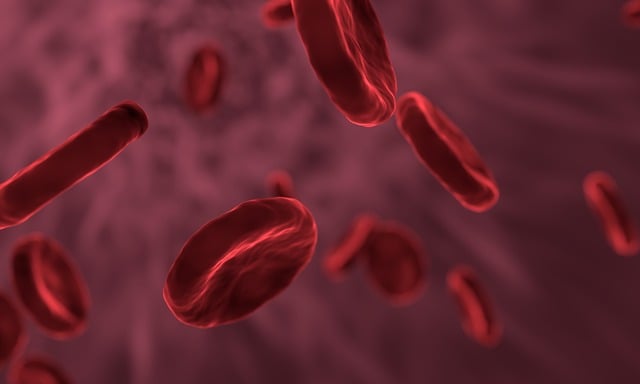
Fat cell freezing, also known as cryolipolysis, is a non-invasive body contouring method that has gained popularity in recent years as a safe and effective solution for reducing stubborn fat. This innovative procedure harnesses the power of cold temperature to target and eliminate specific areas of fat cells without impacting surrounding tissues. By cooling adipocytes (fat cells) to sub-zero temperatures, the process triggers their natural breakdown and subsequent removal by the body’s immune system.
Unlike traditional liposuction, which involves surgical incisions and suction, fat cell freezing is a non-surgical procedure that offers several advantages. It is minimally invasive, with little to no downtime, making it an attractive option for individuals seeking body contouring without the risks associated with surgery. This method is particularly effective for reducing fat in localized areas such as the abdomen, love handles, thighs, and buttocks, providing a non-surgical alternative for those aiming to achieve a slimmer, more defined silhouette.
The Science Behind Safe Fat Freezing Technology
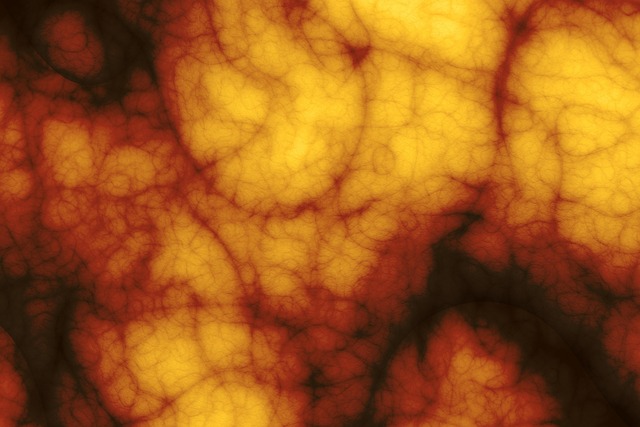
Fat cell freezing, also known as cryolipolysis, is a groundbreaking non-invasive fat reduction technology. The science behind it involves targeted cooling of fatty tissue to temperatures below -13°F (-25°C). This process causes the fat cells to crystallize and rupture, leading to their gradual elimination by the body’s natural metabolic processes. The key to safe fat cell freezing lies in controlled application and precise temperature management.
Specialized devices use cooling technology to target specific areas, ensuring that only the unwanted fat cells are affected while minimizing damage to surrounding tissues. This makes it a relatively painless procedure with little to no downtime. Additionally, modern techniques incorporate advanced monitoring systems to track temperature distribution, providing practitioners with real-time data to optimize results and enhance patient safety during fat cell freezing sessions.
Benefits and Advantages of Choosing Fat Cell Freezing
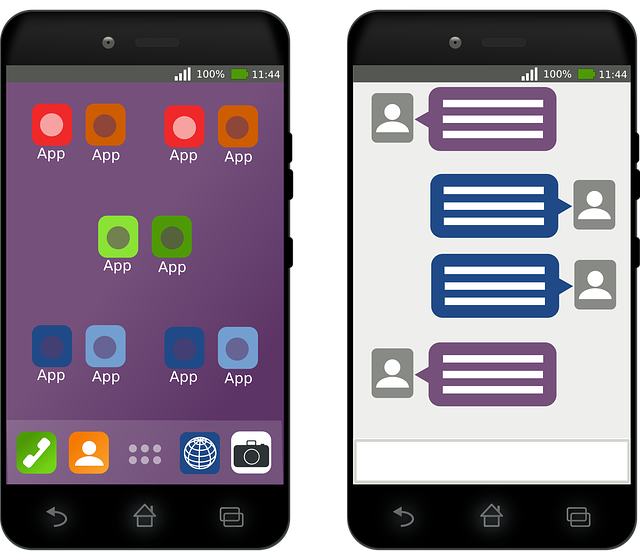
Choosing fat cell freezing as a safe and effective weight management solution offers numerous benefits and advantages. Unlike traditional surgical procedures, fat cell freezing is a non-invasive approach that targets specific areas of stubborn fat. This method safely freezes and eliminates targeted fat cells, leading to visible reductions in body fat without incisions or extensive recovery periods.
One of the key advantages is its ability to shape and tone problem areas, providing a more contoured silhouette. It’s suitable for individuals committed to maintaining a healthy lifestyle but struggling with isolated fat deposits. By freezing fat cells, it also offers a permanent reduction in the number of fat cells, helping to prevent future weight gain in treated areas. This long-lasting result can be especially beneficial for those looking to maintain their desired figure over time.
Candidate Selection: Who is a Suitable Candidate for This Procedure?
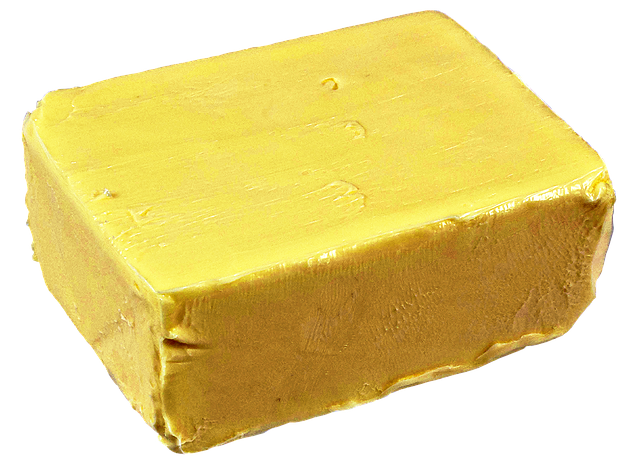
Fat cell freezing, also known as cryolipolysis, is a non-invasive procedure that has gained popularity for its effectiveness in reducing stubborn fat. The ideal candidates for this treatment are individuals who have localized fat deposits they want to eliminate and who maintain a healthy lifestyle with regular exercise and a balanced diet. It’s crucial to note that while fat cell freezing can be a game-changer for many, it may not be suitable for everyone.
Candidates should have realistic expectations and be in generally good health. Those with certain medical conditions, such as cold sensitivity or blood disorders, might need to avoid this procedure. Additionally, individuals who are significantly overweight or struggling with obesity may not achieve the desired results from fat cell freezing alone and could benefit from combining it with other weight management strategies.
The Process: Step-by-Step Guide to Fat Cell Freezing Treatment

Fat Cell Freezing is a non-invasive procedure that utilizes cryolipolysis to target and freeze fat cells. The process involves several steps to ensure safety and effectiveness. Firstly, a qualified healthcare professional will conduct a consultation to assess your medical history and determine the areas to be treated. During the treatment session, a cooling device is applied to the targeted area, which cools the fat cells while leaving surrounding tissues unharmed. This is achieved through precise temperature control, typically between -10°C to -35°C. The cold temperature causes the fat cells to crystallize and break down, leading to their removal by the body’s natural processes.
Post-treatment, it’s crucial to follow specific aftercare instructions. This includes staying hydrated, avoiding strenuous activities for a few days, and maintaining a healthy diet. Patients may experience temporary redness, swelling, or numbness in the treated areas, but these side effects usually subside within a week. Regular check-ups with your healthcare provider are essential to monitor progress and ensure optimal results.
Potential Risks, Side Effects, and How to Minimize Them
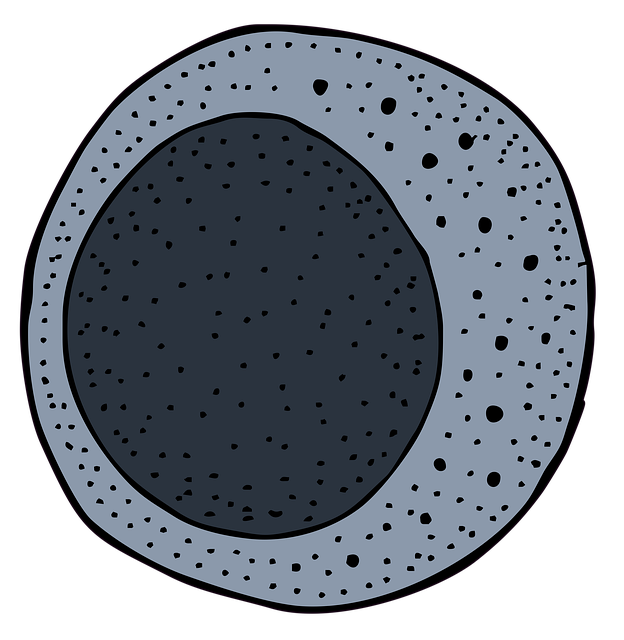
While fat cell freezing, or cryolipolysis, is considered a relatively safe procedure, there are potential risks and side effects to be aware of. One common concern is the possibility of cold injury, where exposure to extreme cold can cause temporary numbness, tingling, or even skin damage in the treated area. Additionally, some individuals may experience bruising, swelling, and discomfort after the procedure, which typically subside within a few days.
To minimize these risks, it’s crucial to choose a qualified professional who uses state-of-the-art equipment and follows best practices. Before treatment, they should conduct a thorough consultation to assess your medical history and determine if fat cell freezing is suitable for you. Post-procedure care, including gentle massage, light compression, and staying hydrated, can also help alleviate side effects. Regular check-ins with your provider are essential to monitor progress and address any concerns promptly.
Post-Treatment Care and Expected Results

After undergoing fat cell freezing treatments, proper post-care is essential for optimal results. Patients can expect some temporary redness and mild swelling at the treatment areas, which usually subside within a few days to a week. It’s crucial to follow the clinic’s aftercare instructions, including staying hydrated, avoiding strenuous activities, and applying recommended topicals.
The expected outcome of fat cell freezing is the reduction of targeted fat cells in the treated area. While results may vary, many patients notice a noticeable difference in their body shape and contour over time, as the frozen fat cells are naturally eliminated by the body during the following weeks and months. Regular exercise and a healthy diet can further enhance these results.
